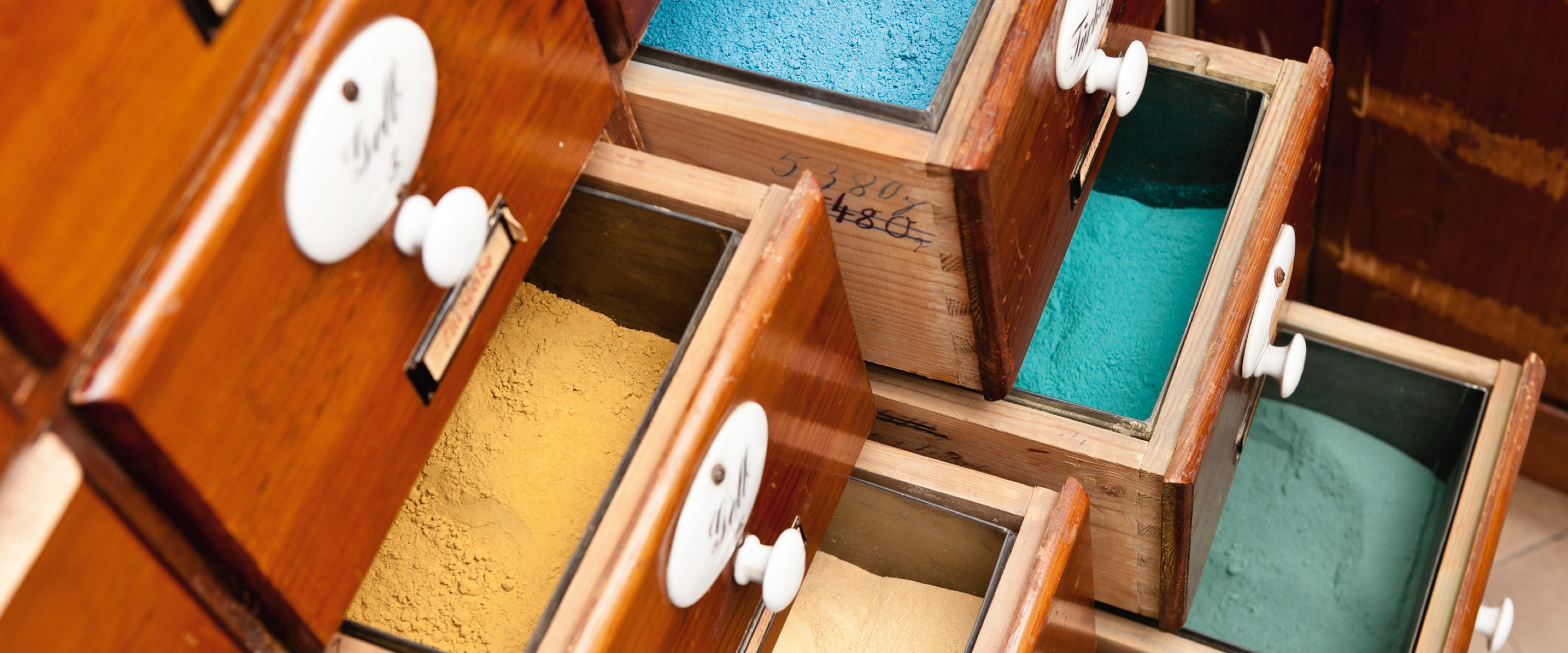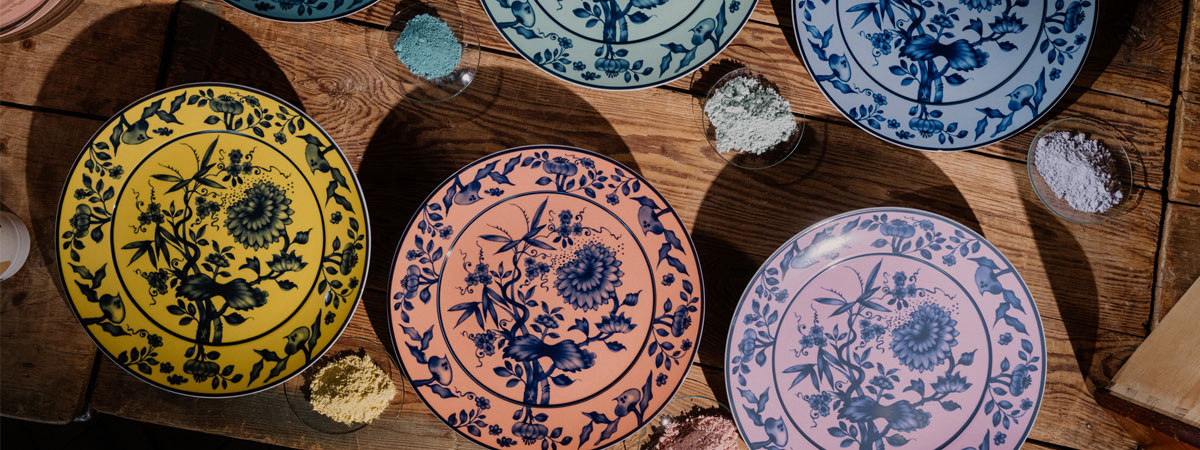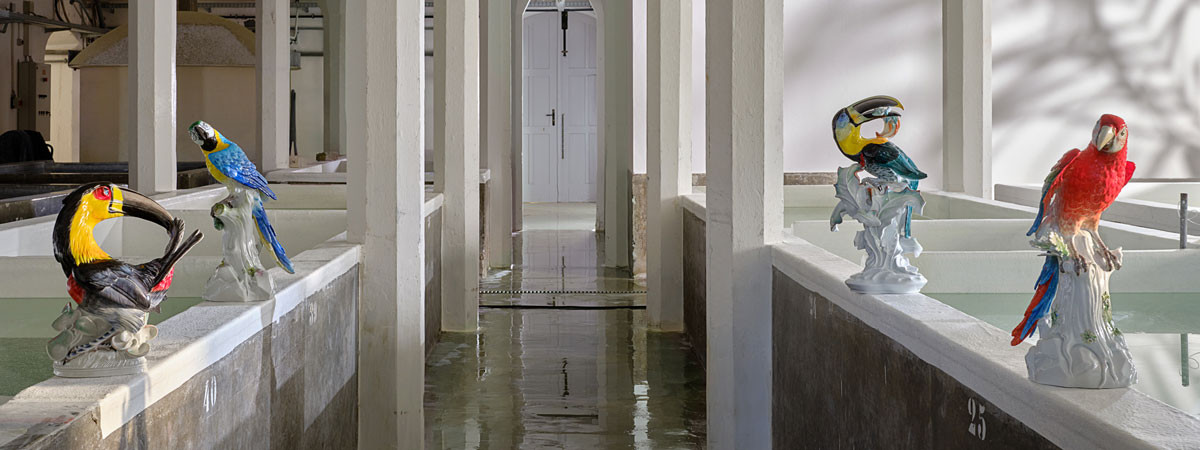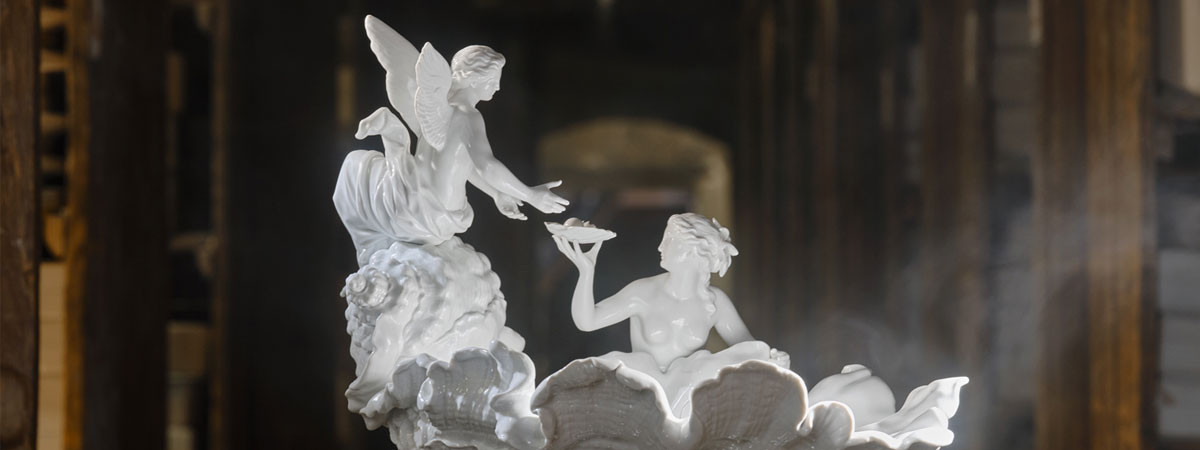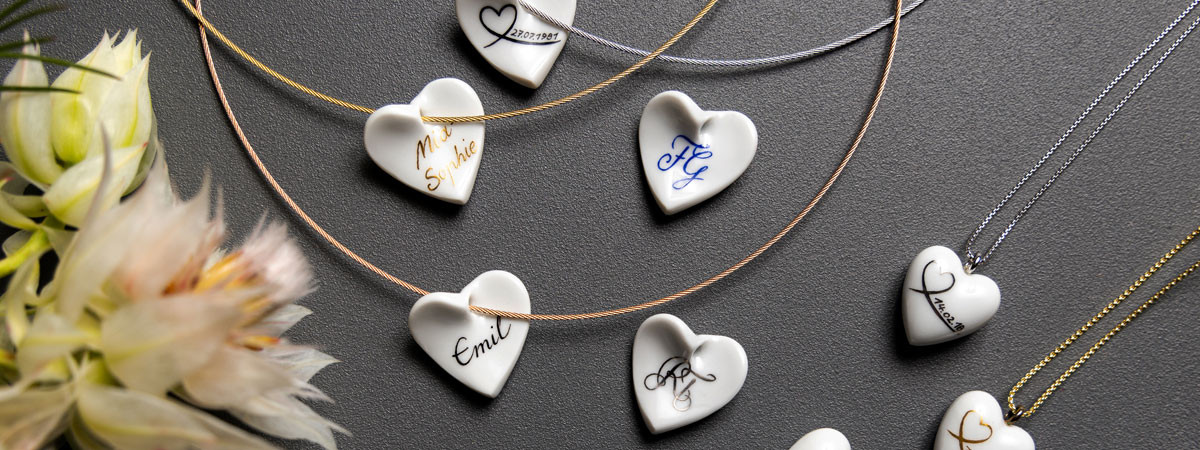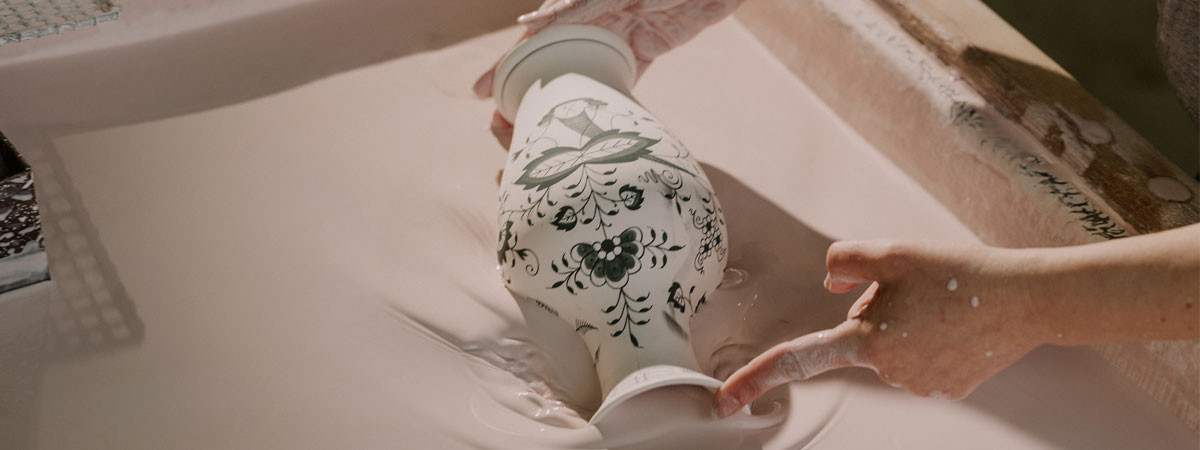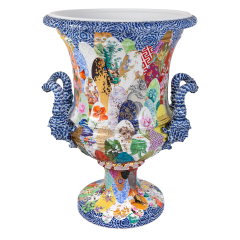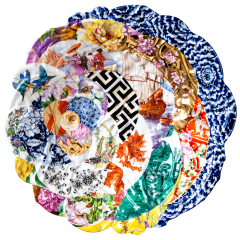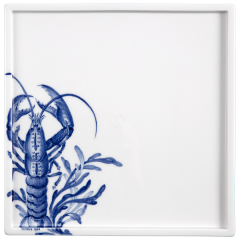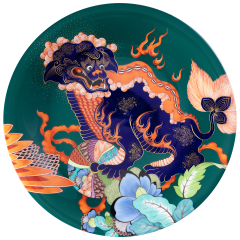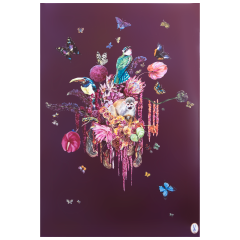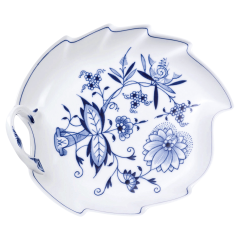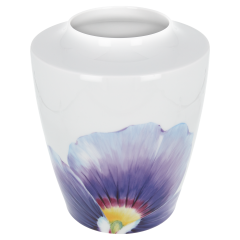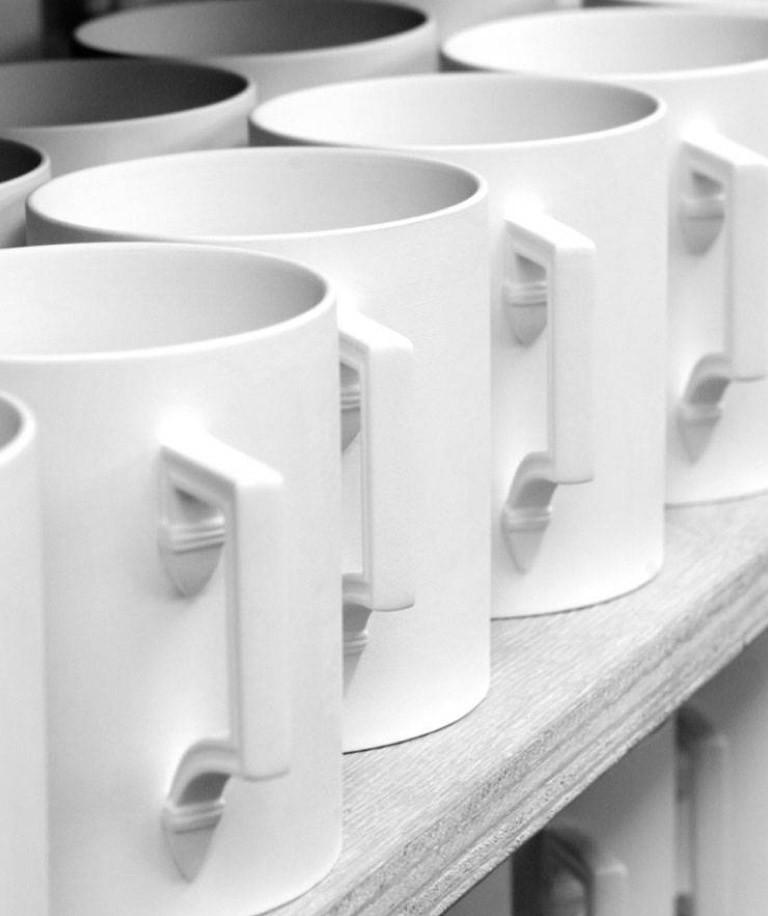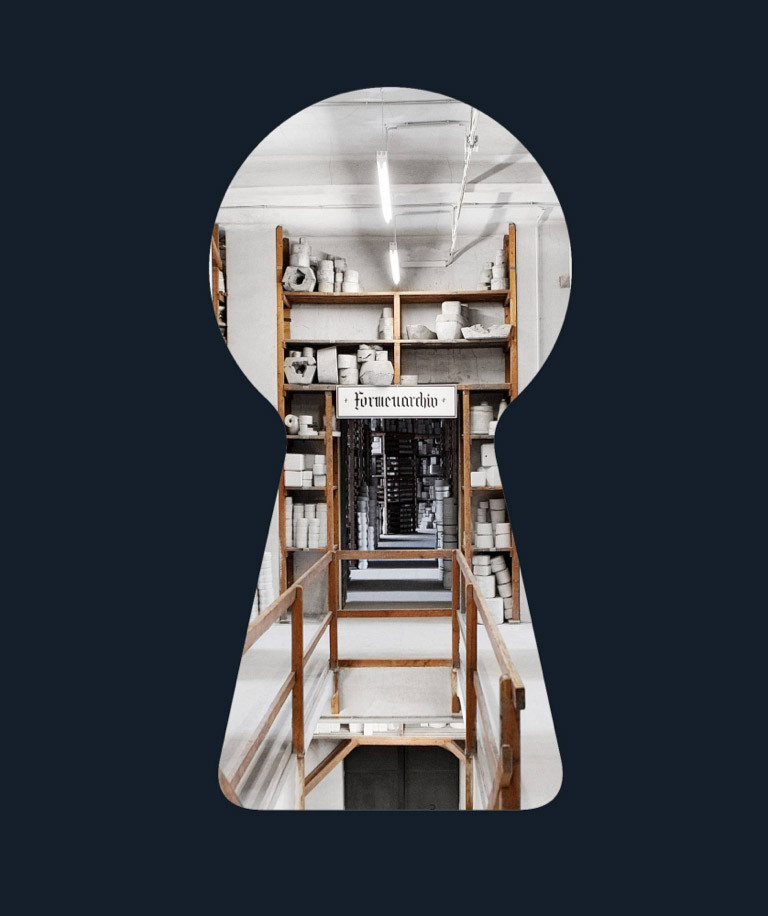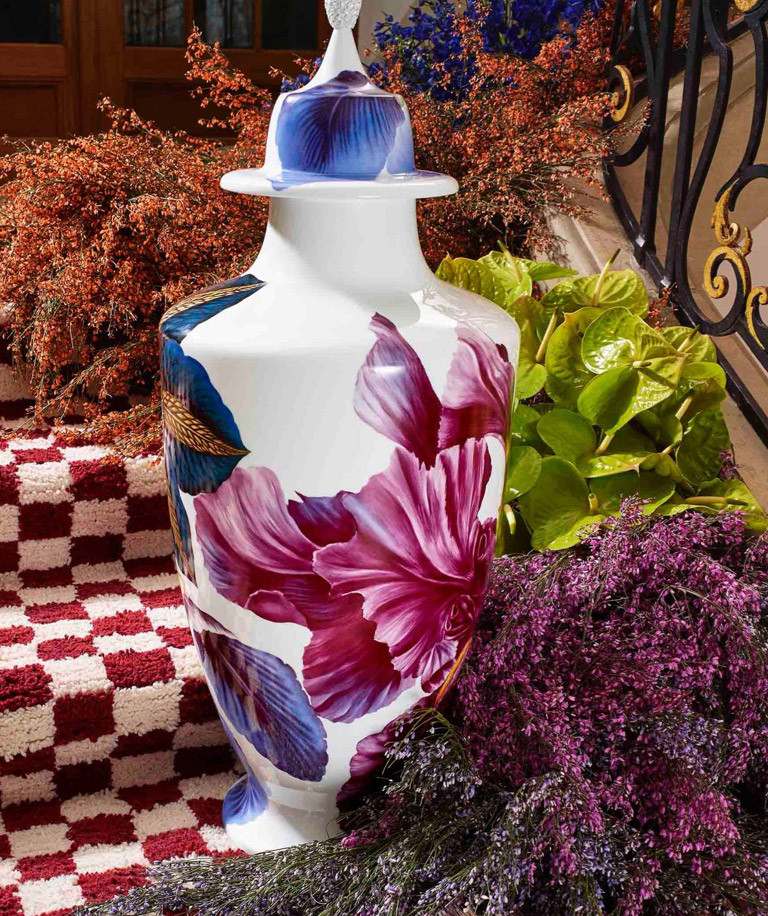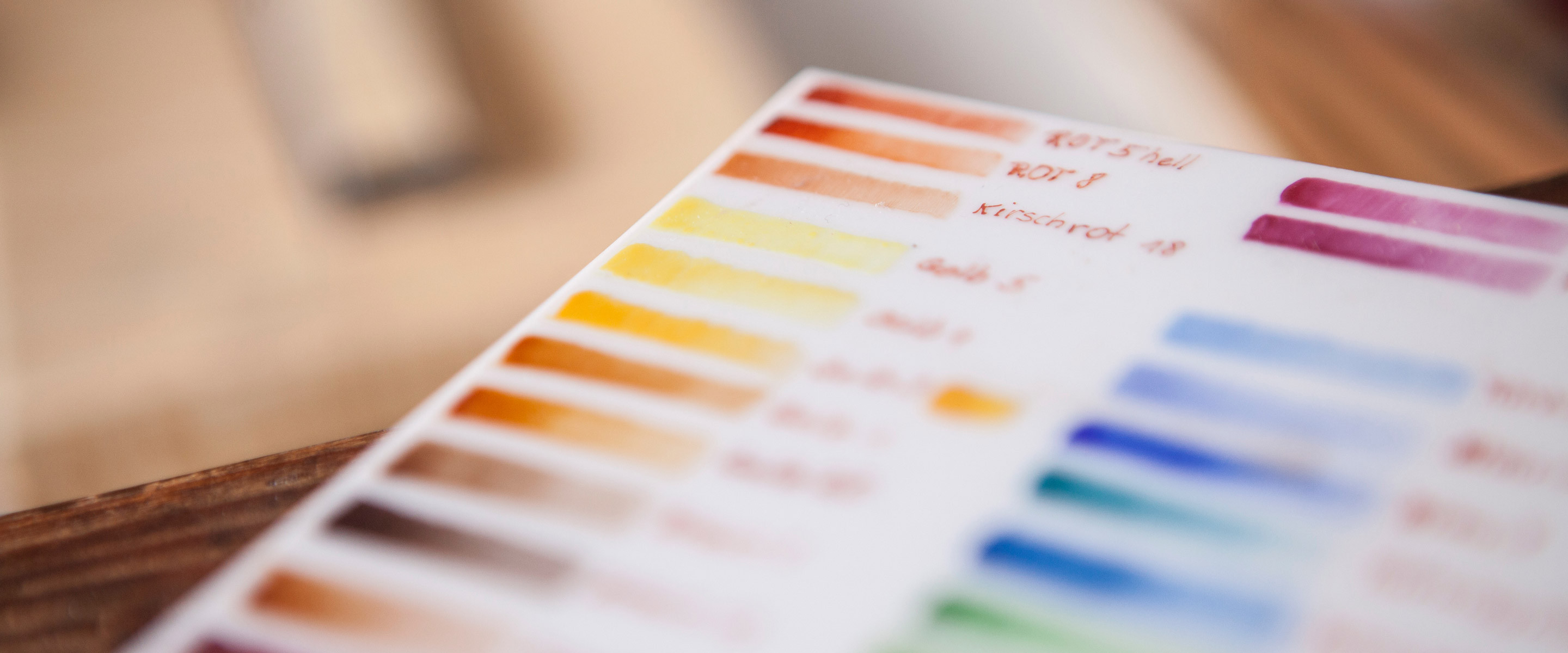
Fantastic MEISSEN places - color laboratory
#colorsplendor
-
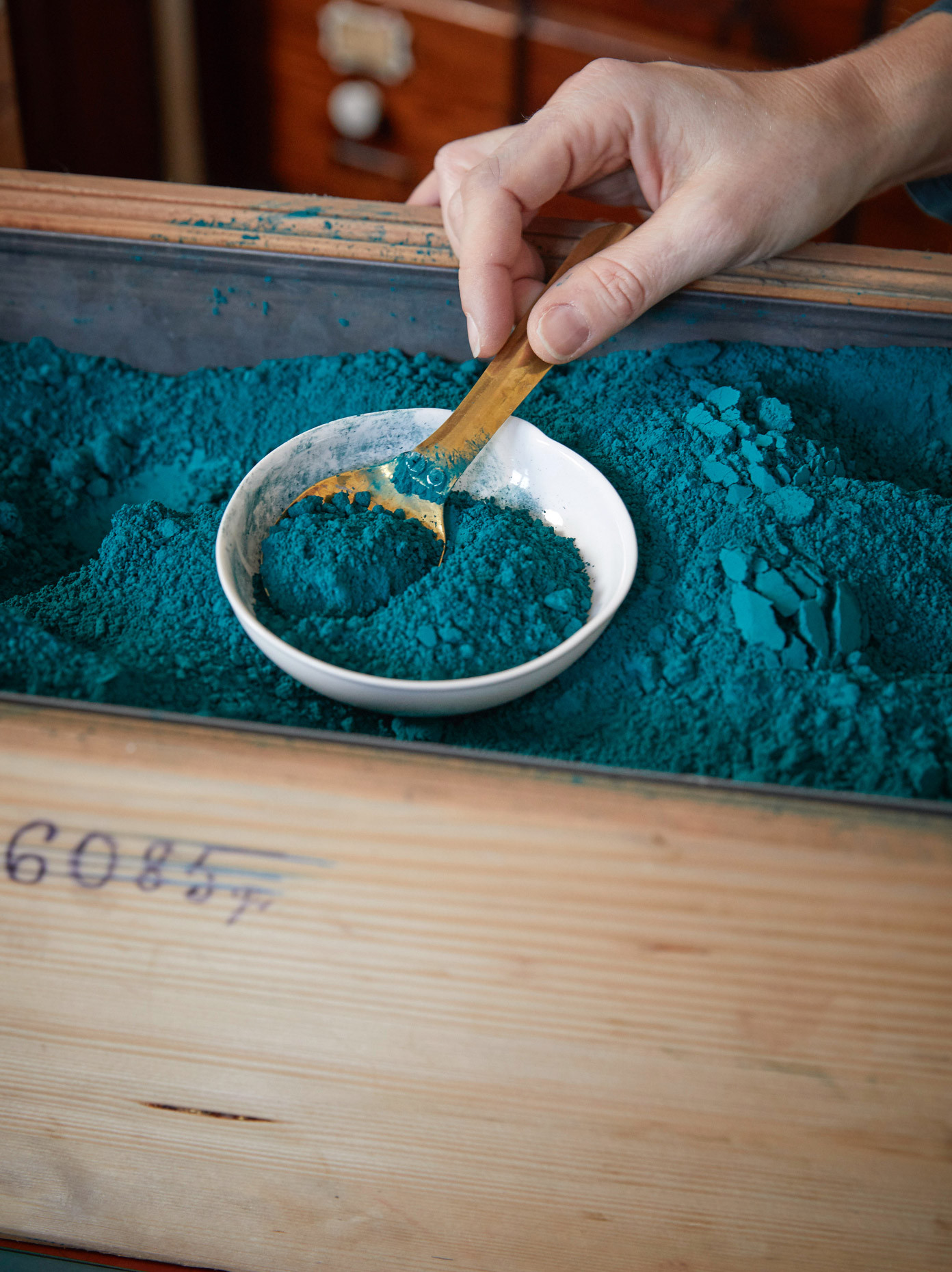 Join us on a journey into the manufactory's own color laboratory and discover the mysterious world behind the inimitably brilliant colors that adorn the finest Meissen porcelains. Behind closed doors, the manufactory keeps more than 10,000 color recipes that have brought the unique colors to life for centuries. But what is it about this mysterious place?
Join us on a journey into the manufactory's own color laboratory and discover the mysterious world behind the inimitably brilliant colors that adorn the finest Meissen porcelains. Behind closed doors, the manufactory keeps more than 10,000 color recipes that have brought the unique colors to life for centuries. But what is it about this mysterious place?
A small, from the outside almost inconspicuous room on one of the many manufacturing corridors, filled with wooden shelves, drawers and film canisters containing various color powders, protects the secret of countless formulations and is only accessible to a few employees. Reminiscent of an apothecary from earlier times, each drawer has a sign showing the names of the colors: coffee brown, maroon, purple - it quickly becomes clear that the variety of shades stored here seems endless. Frank Löchelt has kept this place, fragrant with essential oils, alive since 1985. Thanks to his years of experience and skill, MEISSEN artists can draw on colors from over three centuries in addition to the 300 colors that are part of the standard repertoire. Only in this way is it possible to faithfully reproduce iconic pieces or create completely new works of art that amaze people all over the world.
"Thanks to the color lab, MEISSEN artists can draw on colors from over three centuries in addition to the 300 colors that are part of the standard repertoire."
-
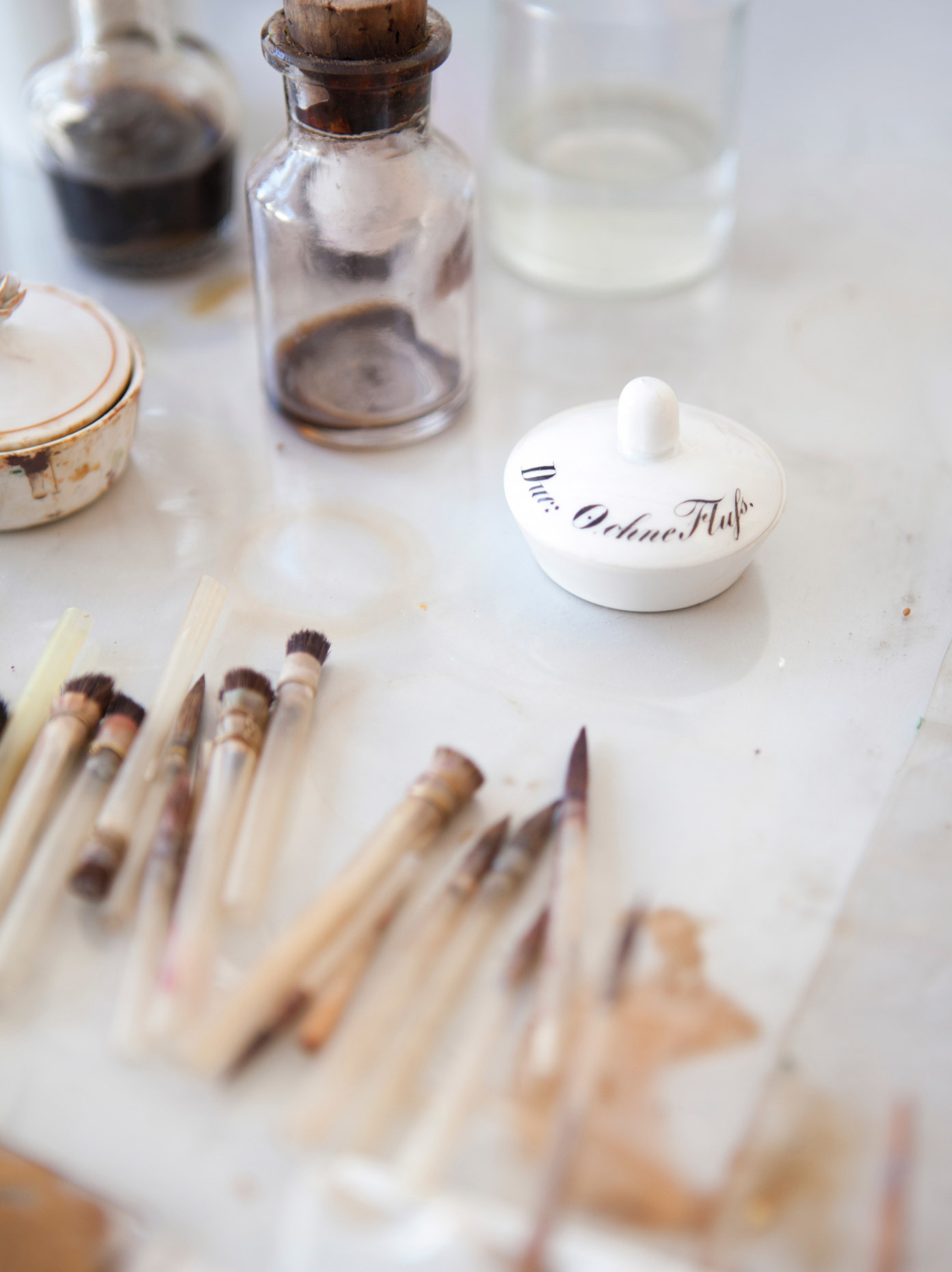 The German porcelain painter Johann Gregorius Höroldt (1696-1775) plays a very special role in the history of the traditional color laboratory, because he was the one who drove forward the first color developments. He developed 16 refractory onglaze colors, which are part of what is known as Höroldt's basic palette and formed the foundation for another 300 color variations. Among them is the iconic cobalt blue, with which people from all over the world associate the Crossed Swords as well as the Onion pattern. The special feature of this color is that it still appears gray-green when applied and only shines in its familiar blue after glaze firing.
The German porcelain painter Johann Gregorius Höroldt (1696-1775) plays a very special role in the history of the traditional color laboratory, because he was the one who drove forward the first color developments. He developed 16 refractory onglaze colors, which are part of what is known as Höroldt's basic palette and formed the foundation for another 300 color variations. Among them is the iconic cobalt blue, with which people from all over the world associate the Crossed Swords as well as the Onion pattern. The special feature of this color is that it still appears gray-green when applied and only shines in its familiar blue after glaze firing.
Each porcelain shows the handwriting of the porcelain painter, which, although often not visible to the naked eye, is visible to the trained eye. This arises not only from the very individual brush stroke, but also from the color composition. Porcelain painters receive only the color powder, which they mix with so-called painter's oil and then apply to the white gold. From the very beginning, the apprentices learn how the different consistencies affect the painting and in which ratio the colors have to be mixed in order to hit the perfect nuance afterwards. It is only thanks to the knowledge passed down from generation to generation and the perfection of the master painter that MEISSEN creates handicrafts of the highest perfection. Be it the onion pattern, Indian or flower painting, every single brush stroke has its origin in the in-house color laboratory.
